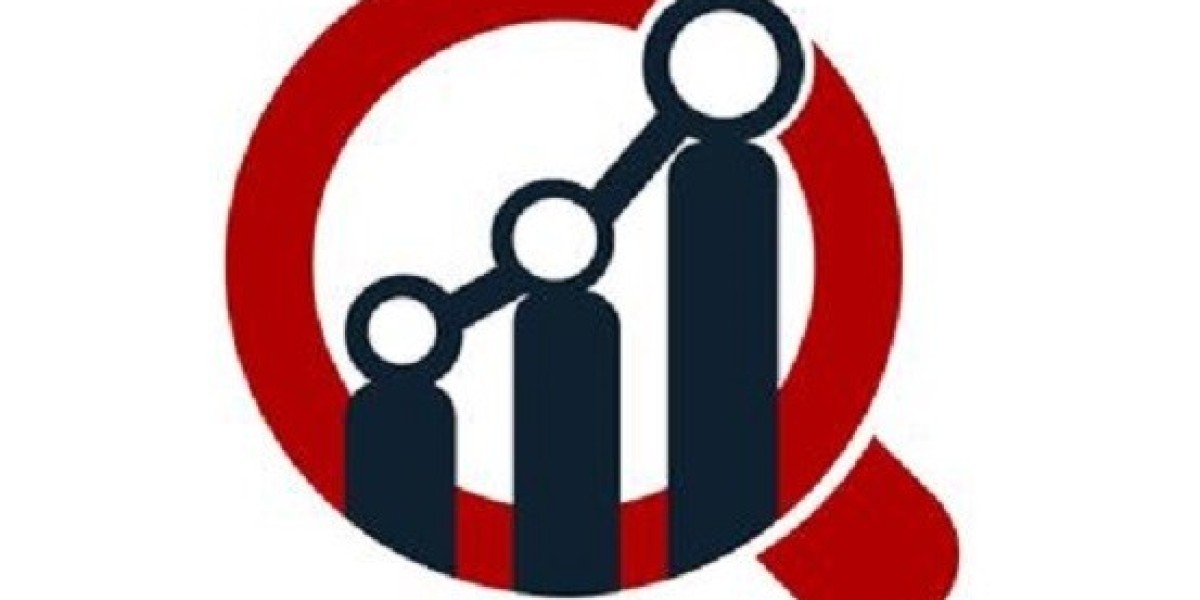Understanding Hospital-acquired Infections (HAIs)
Hospital-acquired infections (HAIs), also known as nosocomial infections, are infections that patients acquire while receiving treatment in a healthcare facility. These infections typically occur 48 hours or more after hospital admission and can range from surgical site infections to catheter-associated urinary tract infections (CAUTIs), ventilator-associated pneumonia (VAP), and central line-associated bloodstream infections (CLABSIs).
HAIs pose a significant threat to patient safety, increase hospital stays, and escalate treatment costs, making infection prevention and control a top priority for healthcare institutions.
Rising Incidence Driving Market Demand
Globally, the incidence of HAIs is on the rise, exacerbated by growing hospital admissions, overcrowding, and increased use of invasive devices. Factors contributing to this trend include:
Antimicrobial resistance (AMR)
Inadequate sanitation practices
Prolonged ICU stays
Lack of infection control training among healthcare workers
These trends have amplified the demand for infection control products and services, prompting hospitals to invest in preventive protocols, disinfection solutions, and training programs to reduce HAI prevalence.
Key Infection Control Solutions
Modern infection control strategies employ a combination of preventive, diagnostic, and sanitization technologies. The most commonly adopted solutions include:
Sterilization and disinfection equipment
Personal protective equipment (PPE)
Surface disinfectants and hand hygiene products
Monitoring and surveillance systems
Antimicrobial stewardship programs
Healthcare providers are increasingly turning to automated disinfection systems, UV sterilization, and smart infection tracking platforms to ensure proactive control and compliance.
Role of Regulations and Accreditation
Governments and regulatory agencies have implemented strict guidelines to combat HAIs. Organizations such as the World Health Organization (WHO), Centers for Disease Control and Prevention (CDC), and Joint Commission have developed protocols for infection surveillance, hand hygiene, and clinical best practices.
Hospitals that achieve infection control accreditation not only ensure better patient outcomes but also boost their institutional credibility. This is accelerating the adoption of infection control programs and related technologies.
Growth Hotspots and Market Outlook
The hospital-acquired infection control market is expanding globally, with North America at the forefront due to strong regulations, funding, and high awareness. Europe follows closely, emphasizing hospital hygiene standards and infection tracking infrastructure.
The Asia-Pacific region is witnessing significant growth driven by rising healthcare investments, rapid hospital expansion, and growing awareness about the impact of HAIs on patient safety and hospital finances.
Key market players include 3M Company, STERIS plc, Getinge AB, Belimed AG, and Cantel Medical, all of which are innovating in areas like low-temperature sterilization, disinfectant efficacy, and digital infection surveillance tools.



